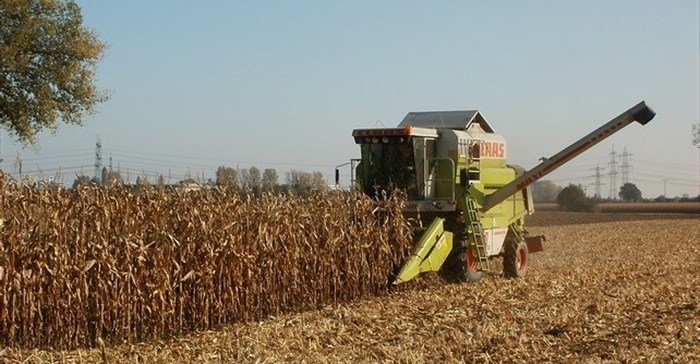
Top stories






ICTThe new fundamentals: What employees expect from IT support in 2026
Oscar Modiba, BET Software 1 day
More news






















FAO raised considerably its world cereal production forecast for 2016 to 2,566 million tonnes, up 22 million tonnes from July projections. FAO's Cereal Supply and Demand Brief attributed the increase primarily to the anticipation of a record global wheat harvest this year and a large upward revision to this year's maize crop in the United States of America.
The expected increase in grain output is forecast to boost inventories and push up the global stock-to-use ratio to 25.3 percent, an "even more comfortable (supply and demand) situation than predicted at the start of the season," FAO said.
Coarse grain global output for 2016 should be around 1,329 million tonnes, 2.1 percent higher than in 2015, buoyed by higher forecast maize output in several countries, in particular, the US.
The wheat output forecast was also raised to 741 million tonnes, driven by large upward revisions to projections for Australia, North America, India and the Russian Federation. Russia is poised to become the world's largest wheat exporter in 2016/17, overtaking the European Union, where wet weather has hampered this year's crops.
Rice production is also expected to hit a new record this year at almost 496 million tonnes, owing to favourable weather conditions in much of Asia and on more US farmers shifting to the crop as a result of its more attractive relative price.
FAO did not materially change its forecast for world cereal utilisation in the coming year, which is expected to grow by 1.6 percent, led by maize - and to some extent lower-quality wheat supplies - used as animal feed. The FAO trade forecast for cereals in 2016/17 has been scaled up by almost 9 million tonnes on the back of abundant export availabilities of wheat and coarse grains.
FAO's trade-weighted index-tracking international market prices for five major food commodity groups reversed its July drop and rose in August to its highest level in 15 months.
The FAO Dairy Price Index rose 8.6 percent during the month, confirming a notable change in market sentiment linked to falling milk production in the EU and a tightening of export supply prospects after an unexceptional opening to the dairy year in Oceania.
The FAO Vegetable Oil Price Index rose 7.4 percent during the month, driven by stronger palm oil prices due to lower than anticipated output from Malaysia and rising import demand by China, India, and the EU.
The FAO Sugar Price Index, now at its highest level in almost six years, rose 2.5 percent from July and is now as much as 75 percent above its year-ago level. A stronger currency in Brazil, by far the world's largest producer of sugar cane, drove much of the gain as it limited export supplies with producers preferring to sell to the local markets.
The FAO Meat Price Index was broadly stable, rising 0.3 percent from July even as bovine meat quotations declined. Abundant coarse grain feeds drove a recovery in US beef supply.
Reflecting cereal grain crop trends and prospects, the FAO Cereal Price Index declined by 3.0 percent from July and is 7.4 percent below its August 2015 level.